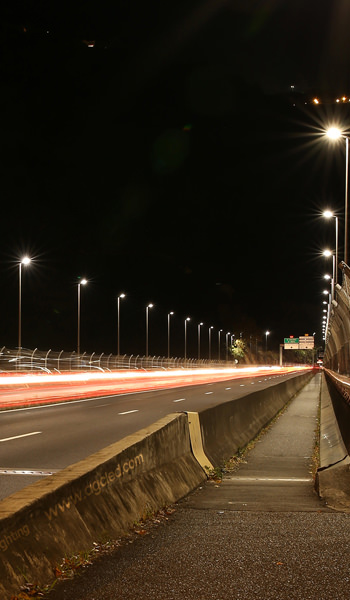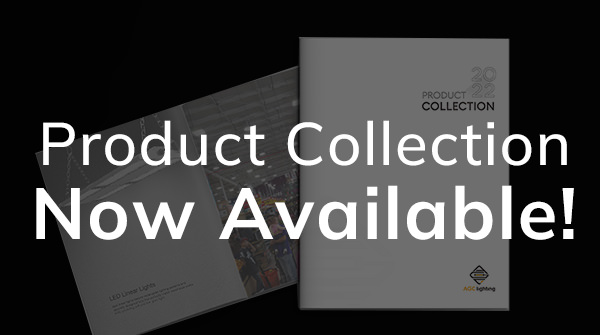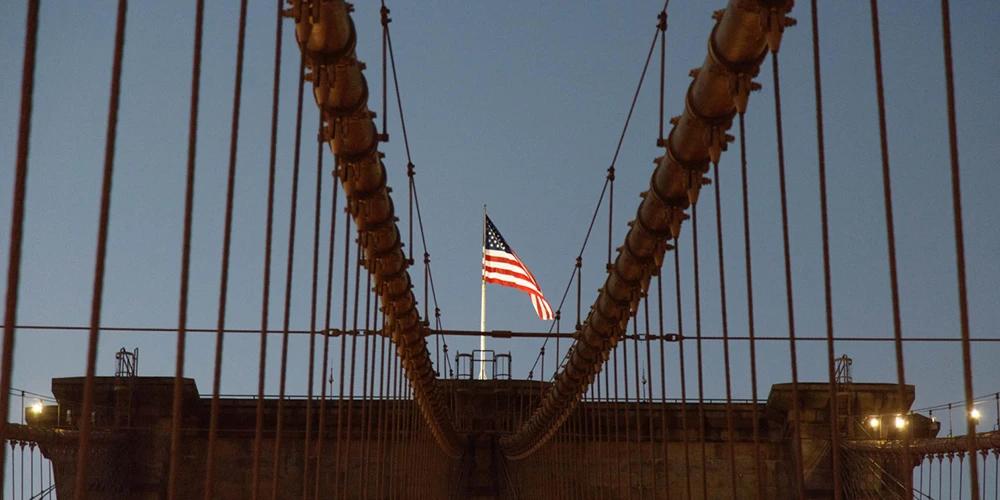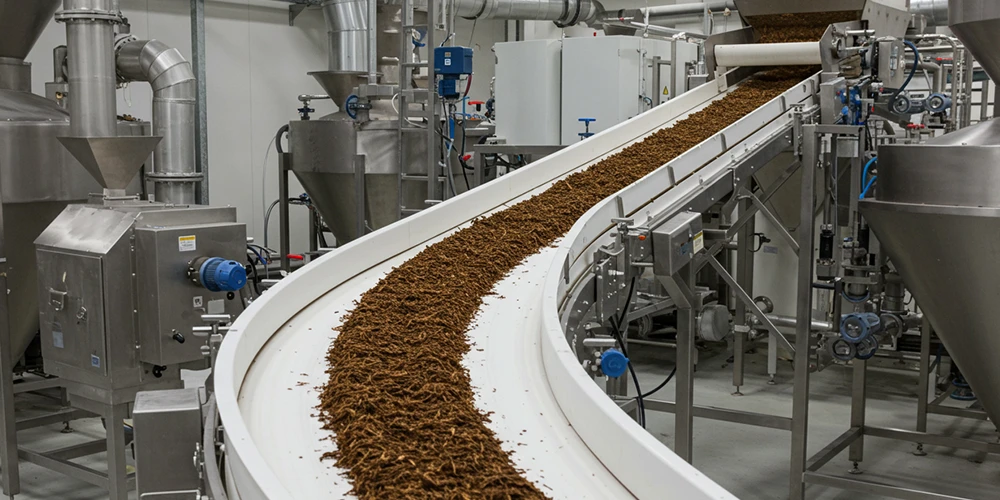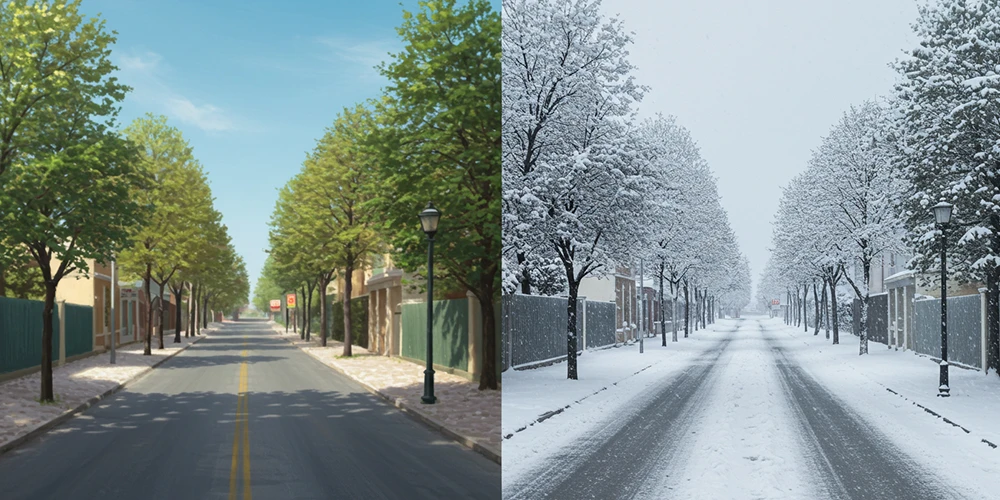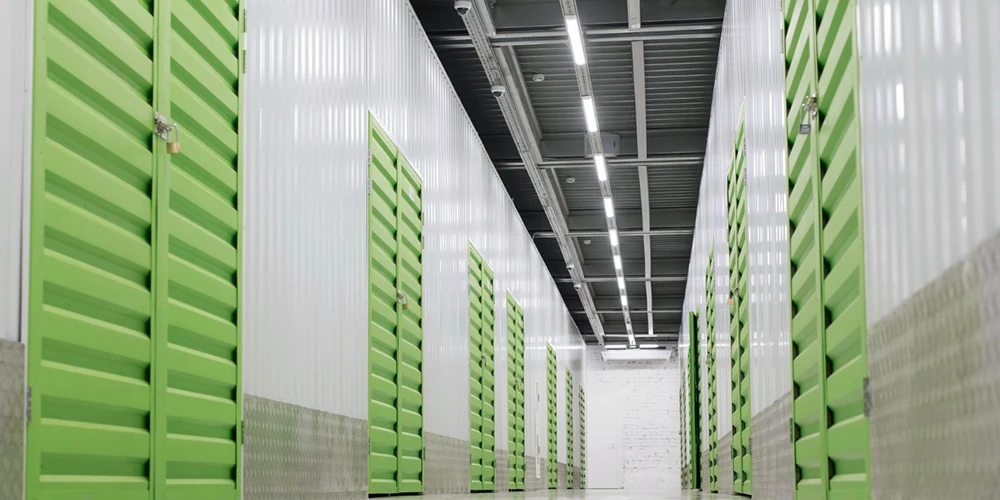In outdoor sports lighting, customers are increasingly paying attention to factors beyond the basic concerns of illumination and uniformity. Parameters such as upward light ratio (ULR), glare ratio for players (GR), luminous intensity for neighbors (LI), and obtrusive light are also becoming more important considerations.
Obtrusive light refers to the intensity of light that spills over into residential areas surrounding the sports lighting installation. LI is the perceived brightness for residents looking towards the light source, or fixture.
ULR, GR, and LI are three different parameters that are interrelated. By controlling ULR, customers can also achieve good GR and LI values. There are several ways to control ULR, including using light-blocking elements in the design of the fixture, and additional accessories such as shades or grilles.
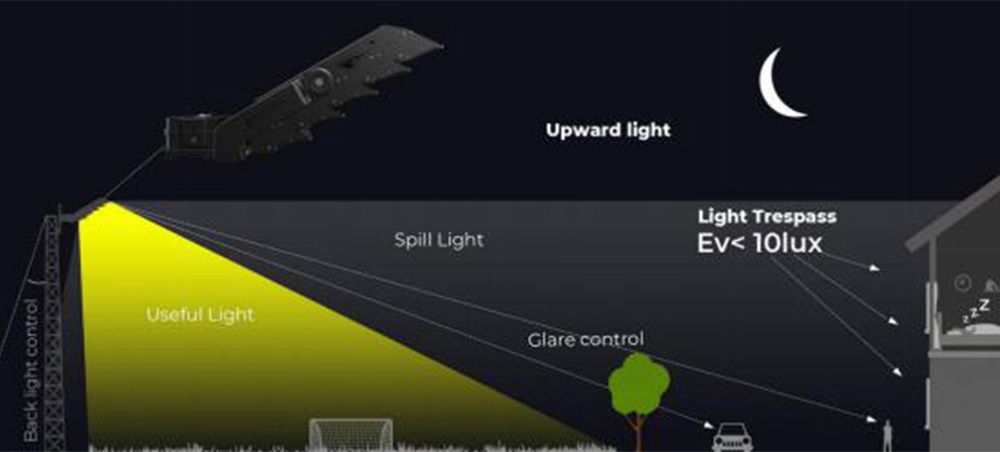
In actual mounting work, the smaller the angle of tilt, the smaller the ULR. Asymmetric lighting distribution and symmetric lighting distribution with polarized lighting can better control ULR. The figure below shows a comparison between the installation angles for asymmetric and symmetric lighting distributions. A larger polarization angle and lower installation angle can effectively reduce ULR.
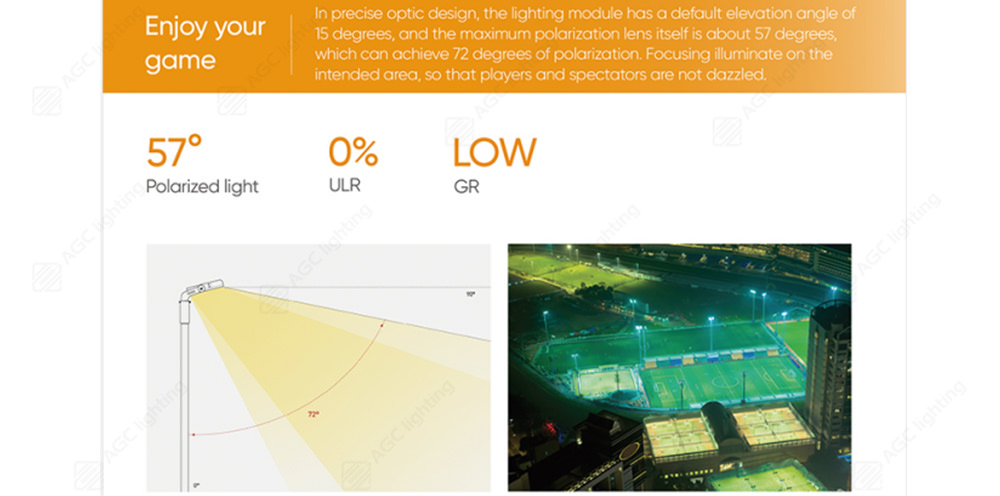
Smaller angles of symmetric lighting distribution, such as 10º or 15º, do not produce large ULR values. Larger angles of symmetric lighting distribution, such as 45º or 60º, are often controlled with additional shading accessories.

Overall, it is important to consider these factors when planning and designing outdoor sports lighting installations. By taking customer concerns into account and implementing appropriate measures to control ULR, GR, and LI, it is possible to create a lighting environment that benefits both athletes and nearby residents.
If you would like to know more about AGC’s sports lights portfolios and recommendations, please feel free to email us now, I’d be glad to help you deliver the best lighting design and solution for your sports lighting project.

